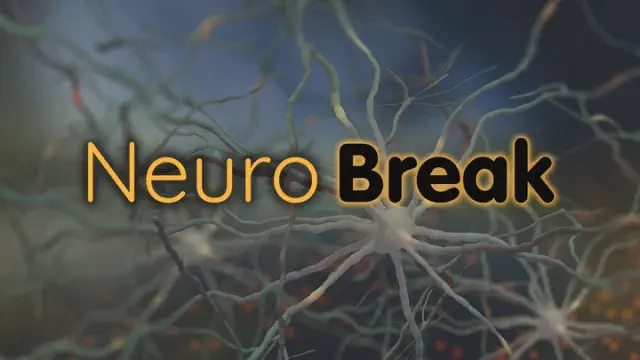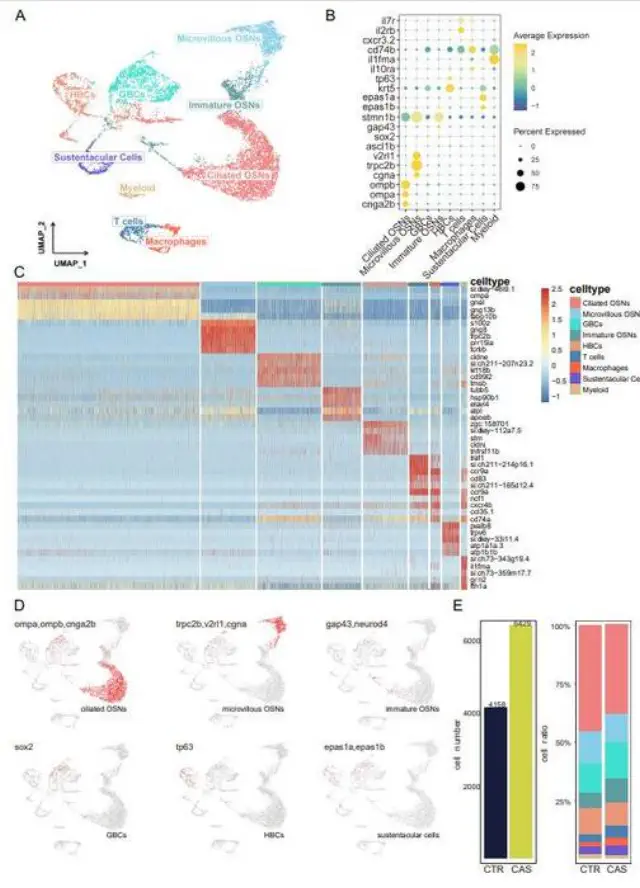THURSDAY, Jan. 9, 2025 (HealthDay News) — Preexisting neuroanatomical variability is associated with substance use initiation in children younger than 15 years, according to a study published online Dec. 30 in JAMA Network Open.
Dr. Alex P. Miller and his team from the Indiana University School of Medicine in Indianapolis investigated the neuroanatomical characteristics linked to the early onset of substance use. They aimed to determine how these associations might indicate a preexisting vulnerability. Their cohort study utilized data collected from the baseline and followed participants for three years. The analysis included information from 9,804 children, with 35.3 percent of them reporting that they began using substances before turning 15.
The study found a correlation between the onset of substance or alcohol use and a reduced thickness of the cortex in prefrontal areas (such as the rostral middle frontal gyrus, β = –0.03), while showing an increased cortical thickness in other brain lobes, along with larger volumes of the globus pallidus and hippocampus, and enhanced overall brain structure indices (for instance, a larger total brain volume, β = 0.05). Additionally, initiating cannabis use was linked to a decreased volume in the right caudate (β = –0.03). Most of these associations, including the thinner prefrontal cortex and increased whole brain volume, were observed prior to substance initiation when analyzed in post hoc studies focused on events following the baseline.
The authors state, "A deeper comprehension of the connections between brain structure and substance use could reveal predispositional risk factors that shed light on the early origins of substance use disorders, as well as clinically relevant mechanisms that explain the various negative health outcomes linked to substance involvement."










